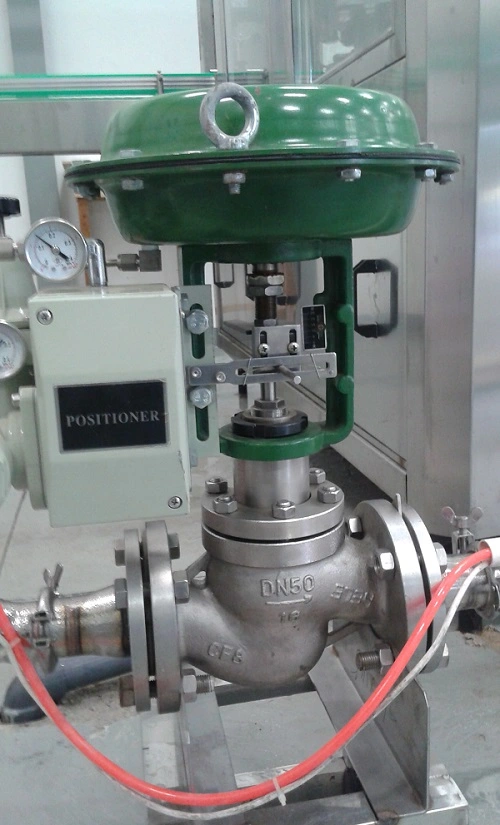Valves are important parts of a hydraulic system. Depending on the application, the type and number of valves used will vary. The primary duties of valves are to direct the flow of fluids, regulate pressure and control fluid flow. Directional control valve, pressure control valves and flow control valve are some of the different types of valves available. Here, you can find more regarding flow control valve.
Flow Control Valve: The flow control valves are used for controlling and adjusting the fluid or gas flow through the system.It controls the amount of liquid that is flowing past it downstream.
There will be a flow of fluid through any hydraulic system. In some cases, these flow need to be controlled for reducing the entry of fluids to certain components. So, in such cases, hydraulic flow control valves are used. Regulating the speed of the cutting tool, spindle, surface grinder, etc.. are some of the applications of these valves. Also, most of the constructions and agricultural heavy machinery will use these hydraulic valves. Plain structure, simple operation, and a wide range of adjustments are the advantages of flow control valves.
The primary purpose of the flow control valve is to regulate the flow rate of fluids to various components in a hydraulic circuit. Other functions are regulating the speed of linear and rotary actuators, regulating the power availability for the subcircuits, dividing and regulating the pump flow, etc..
Now we can discuss the hydraulic flow control valve working principle. A pressure compensator, a restrictor and a sharp-edge orifice are main components of a valve. These components are not depending on the factors like pressure, viscosity and temperature.
-461x413.webp)
Pressure Control Valve:The pressure control valve is concerned with controlling the pressure that is upstream of its location by limiting the amount of liquid allowed to pass downstream. Pressure-control valves are found in virtually every hydraulic system, and they assist in a variety of functions, from keeping system pressures safely below a desired upper limit to maintaining a set pressure in part of a circuit.
Pressure control valves comprise a mechanism that opens the valve above a predetermined pressure threshold, the pressure at the outlet remaining substantially constant while the flow increases dramatically after valve opening. Almost all passive valves on the market or valves in the human body (cardiac valves...) are based on this principle.
The most common types of pressure control valves are the pressure relief valve and the pressure reducing valve. Pressure relief valves control the system pressure by relieving part, or all, of the flow to tank. Pressure reducing valves reduce the pressure supplied to a sub-system of a hydraulic system. Sequence valves are used to direct the flow to a secondary circuit. Unloading valves are used to direct flow to tank at pre-set system pressure.
Type of Pressure Control Valves

Next: How to Select a Strainer
Previous: What is a control valve
